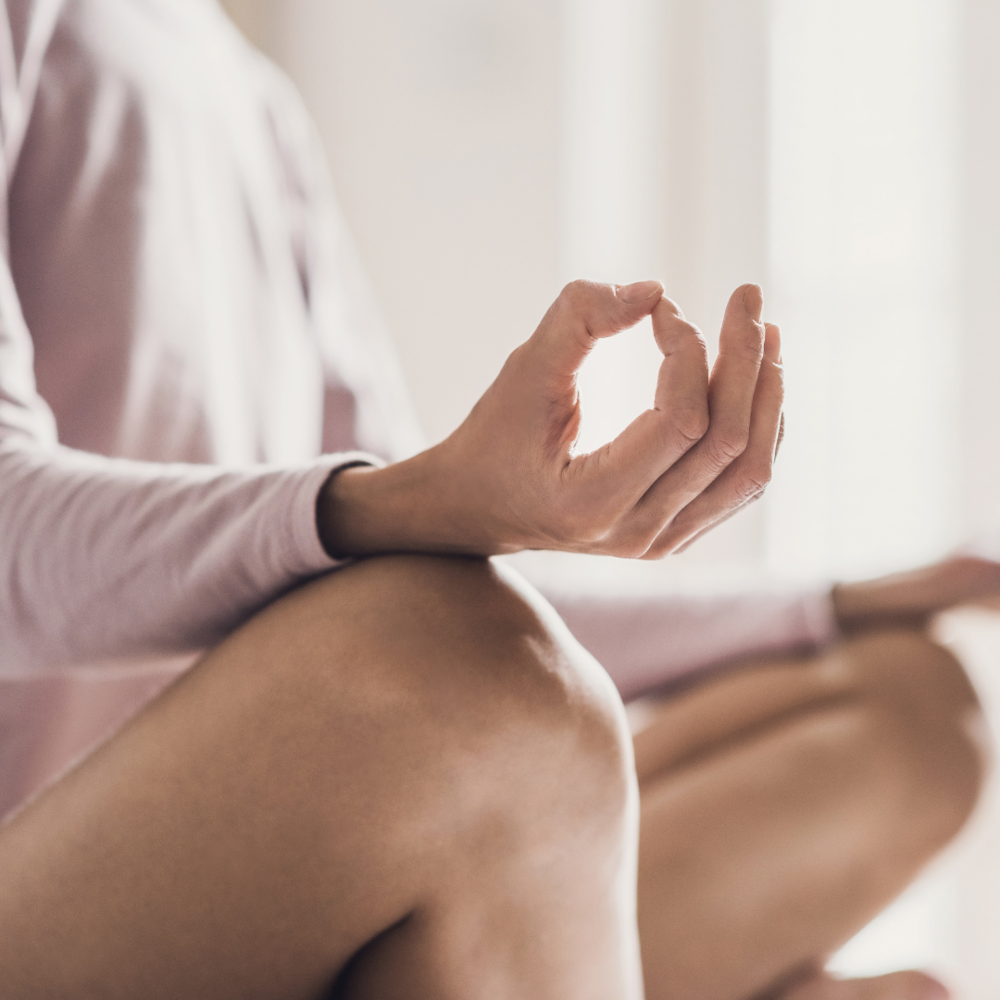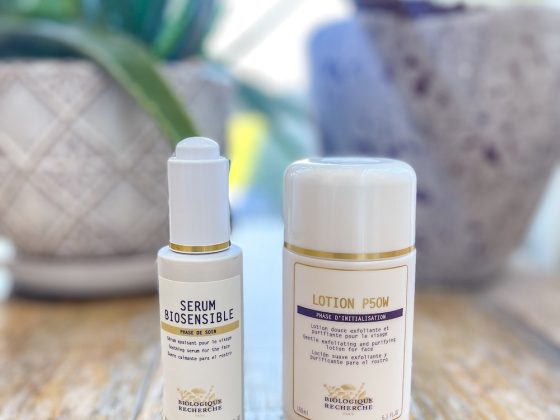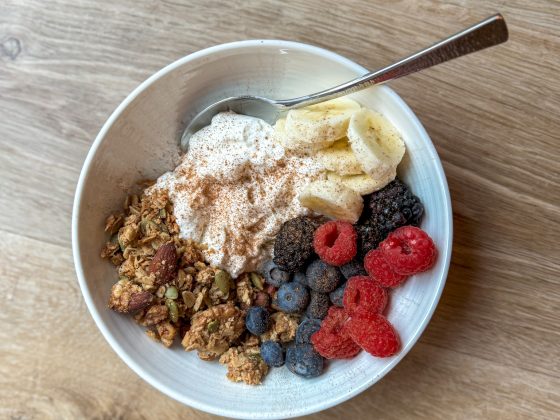Prioritizing Health Despite Working From Home
Working from home is a transition most of us have had to make over the past year. Without an end in the foreseeable future, it is important to keep your health a top priority despite the change in your typical office environment.
As seen in this MindBodyGreen article, we pulled some of our favorite tips to implement in your daily routine to ensure your health stays a top priority.
- Get up and walk around – set a reminder on your phone to take a short walk every hour and get your legs moving. If possible, try taking conference calls while walking.
- Spend time in nature. Getting outside has proven to reduce stress and increase Vitamin D absorption.
- Hydrate! Keep a water bottle handy and incorporate lemon slices to give you water some flavor. Adequate hydration promotes numerous health benefits, such as a stronger immunity system and healthy cognitive function.
- Boundaries. Without a distinct end to the workday it is easy to overextend your hours. This can lead to mental fatigue, burnout, and impact your ability to sleep. Implement a daily cut-off time to log out of your email and work communication by a certain hour.
How to Fight the Winter Blues
Without a doubt, this past year has taken an enormous mental and physical toll on all of us. With fewer hours of daylight and cold winter days upon us, we recapped this article to help you combat the Winter blues.
Focus your attention to your nutrients. With less daylight, it is important to maintain an appropriate amount of Vitamin D and Magnesium. These nutrients are crucial for reducing restlessness, anxiety, and sleep troubles.
Take action early and seek out support. Reaching out to friends, a partner, and even your coworkers can reduce feelings of isolation and loneliness. During positive social interactions, oxytocin is released through the body, increasing feelings of love and connection.
If possible, work out first thing in the morning or around lunchtime. Exercise stimulates a spike in cortisol levels, which helps you feel alert. Additionally, moving your body can help manage your mood and mental outlook.
Why You Should Be Mincing Your Garlic
Since many of us are gearing up to cook for Thanksgiving next week, this Well + Good article about making the most of all of the health benefits from garlic seemed worth sharing.
Garlic is antibacterial, it’s linked to lowering inflammation, regulating blood sugar, lowering blood pressure, and lowering cholesterol. It is also a prebiotic food, meaning it feeds the gut and promotes a balanced microbiome which benefits both short and long-term health. Now more than ever we are focused on easy ways to improve and sustain our health. So how do you best reap the countless benefits from a simple clove of garlic? Mince it!
“When you mince or crush garlic, the enzyme alliinase gets activated and we get the production of allicin,” says Registered Dietitian and gut health expert Amanda Sauceda, RD. Allicin is an antioxidant packed anti-inflammatory compound that is linked to boosting the immune system. To let this powerhouse allicin build up in the garlic, it’s best to let it sit for 5-10 minutes after mincing before adding it to your dish. Mince and enjoy!
Why Is It So Hard To Meditate?
As we are leaning into any and everything to try to relieve the stress and anxiety of 2020, it’s likely that meditation has been suggested to you more than once. Maybe you’ve even tried it. If so, have you ever found it almost impossible to sit still? Whether your eyelids are fluttering or your thoughts are racing, it can be incredibly challenging to fully immerse yourself in your practice. We recapped this article in which a psychologist explains why you get so antsy while meditating.
Gail Parker, Ph.D., C-IAYT, E-RYT 500 explains that the nervous, jittery feeling that often comes up for people during meditation is actually a sign of just how much you need it. The practice itself is not causing the anxiety, but rather bringing those underlying feelings to the surface. No one ever said that releasing stress and tension was easy – and this is no different. This feeling of discomfort is a signal of the body working hard to process negative emotions. Parker says, “The work is to learn to tolerate the discomfort of healing.”
If this all sounds familiar, stick with it! Your body is signaling how much it needs and will benefit from meditation. Easing into it by starting small is totally acceptable. Start with only 5 minutes per session and slowly but surely you will work your way into blissful relaxation.










